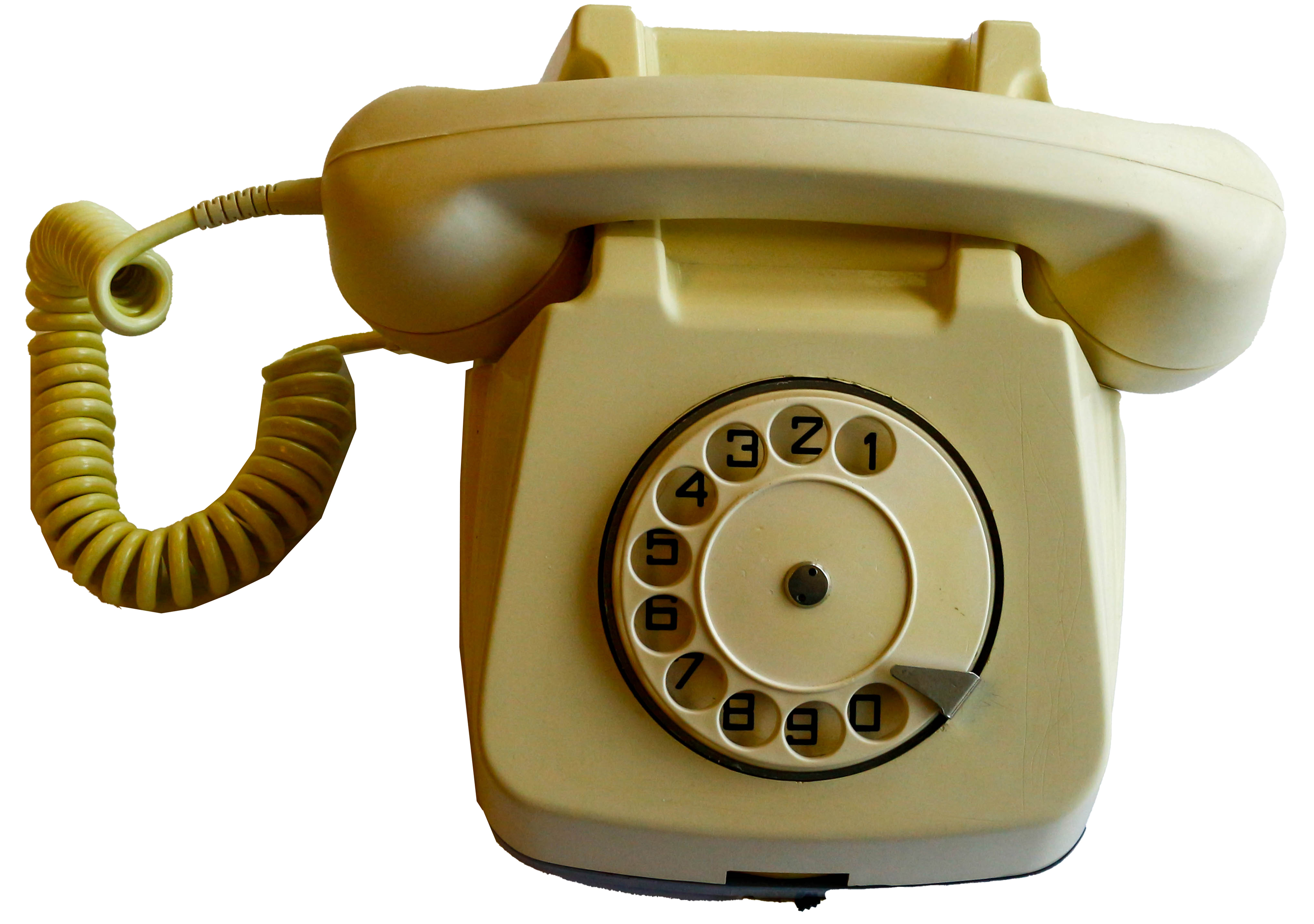The upper rank is hosting the 'Communication and data storage' section.
| No. | Exhibit picture | Exhibit | Details | ||
| 1 |
|
Dial Disc Phone | First introduced in 1949, the Model 500 was to become the standard Bell System telephone for well over a generation and the most widely produced dial telephone ever.
Like the 5302, the dial markings were placed outside of the finger-wheel holes for improved legibility. The slightly larger base provided room inside the 500 for an adjustable bell ringer and enhanced electronics. |
||
| 2 | 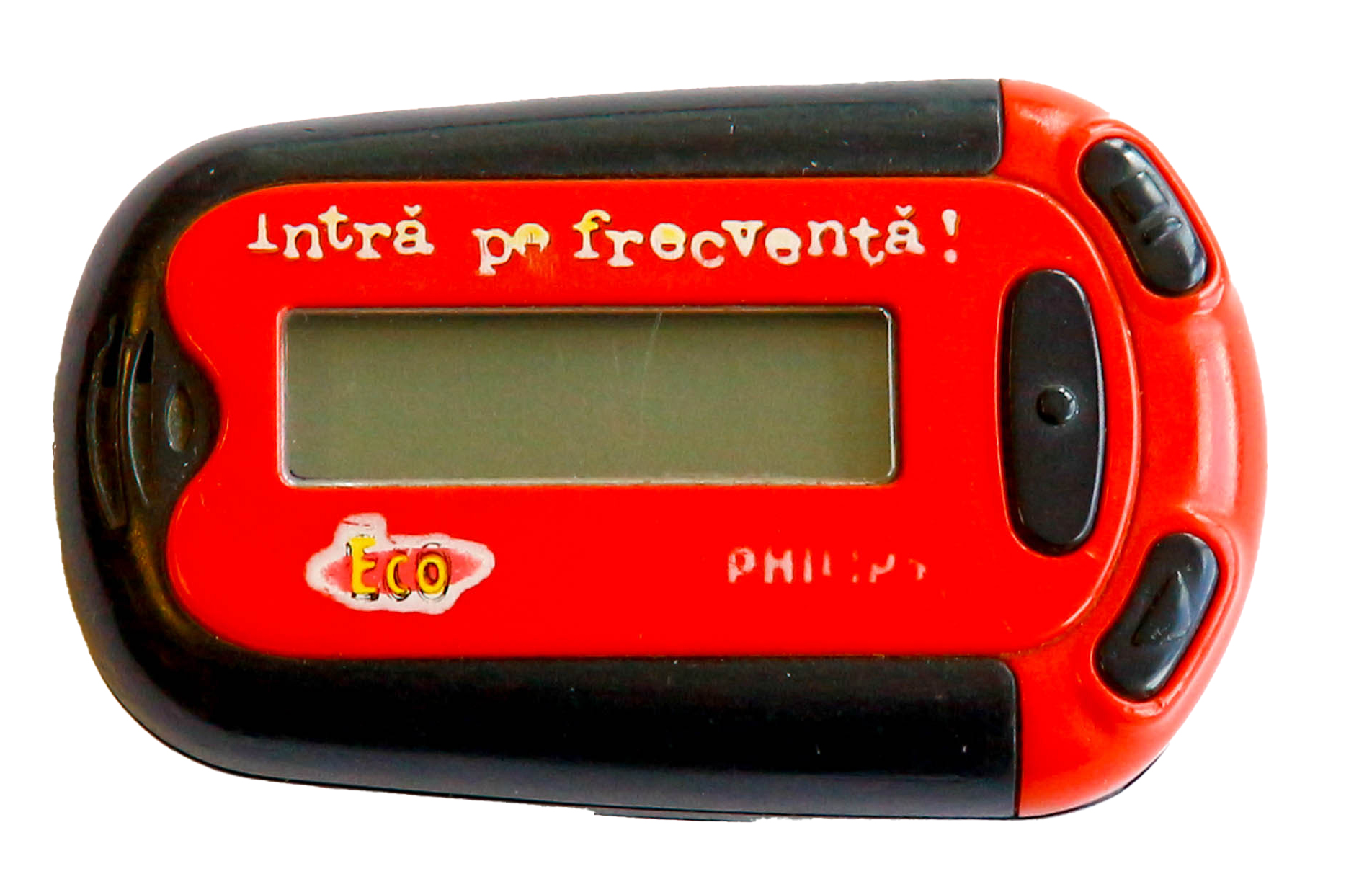 |
Pager device Philips Kito |
A pager is a wireless telecommunications device that receives and displays alphanumeric messages. At the time of obtaining the pager, the user automatically received a "pager" number, which generally consisted of 5 digits. Anyone who knew the "pager" number could call the operators and dictate a message for the pager user. The operator had a limited number of characters, so the messages had to be short and concise. |
||
| 3 |  |
Mobile phone - Mitsubishi Trium Astral |
Body: Dimensions: 132 x 49 x 29 mm, Display: Type: Monochrome graphic, Resolution: 5x13 to 25 chars, Picture menu / Softkey Memory: Card slot: No, Phonebook: 100 Camera: No Battery: Type: Removable NiMH 90 mAH, Stand-by: 150h, Talk time: 3h MISC: Colors: 3 Year: 1999 Price: 85 USD |
||
| 4 | 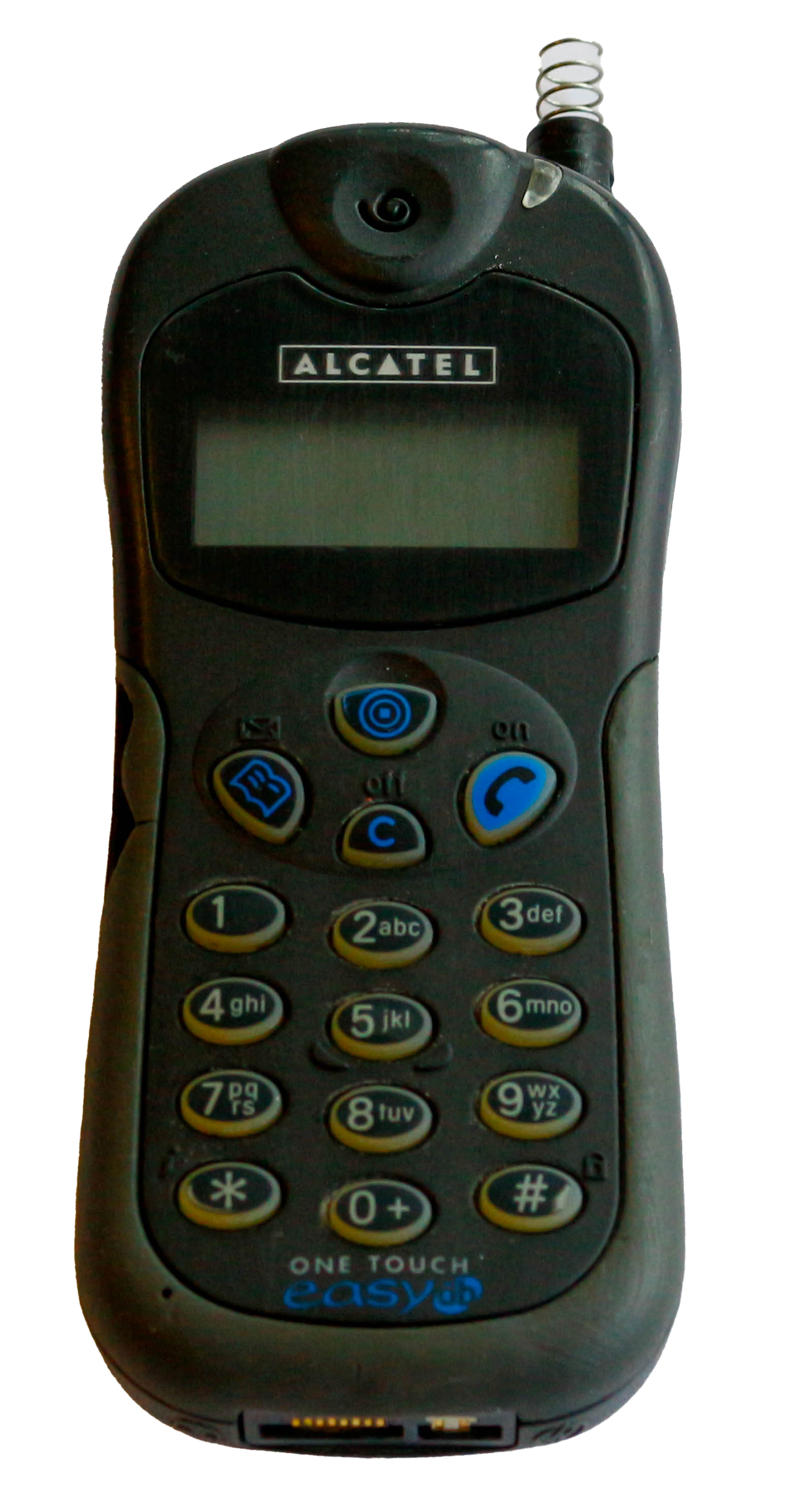 |
Mobile phone - Alcatel One Touch Easy |
Body: Dimensions: 122 x 48 x 25 mm, Weight: 150g Memory: Card slot: No Features: Messaging (SMS), Clock/Alarm Battery: Type: Removable NiMH 650 mAh, Stand-by: up to 130h, Talk time: up to 4h 45 min MISC: Colors: 9 Year: 2000 |
||
| 5 | 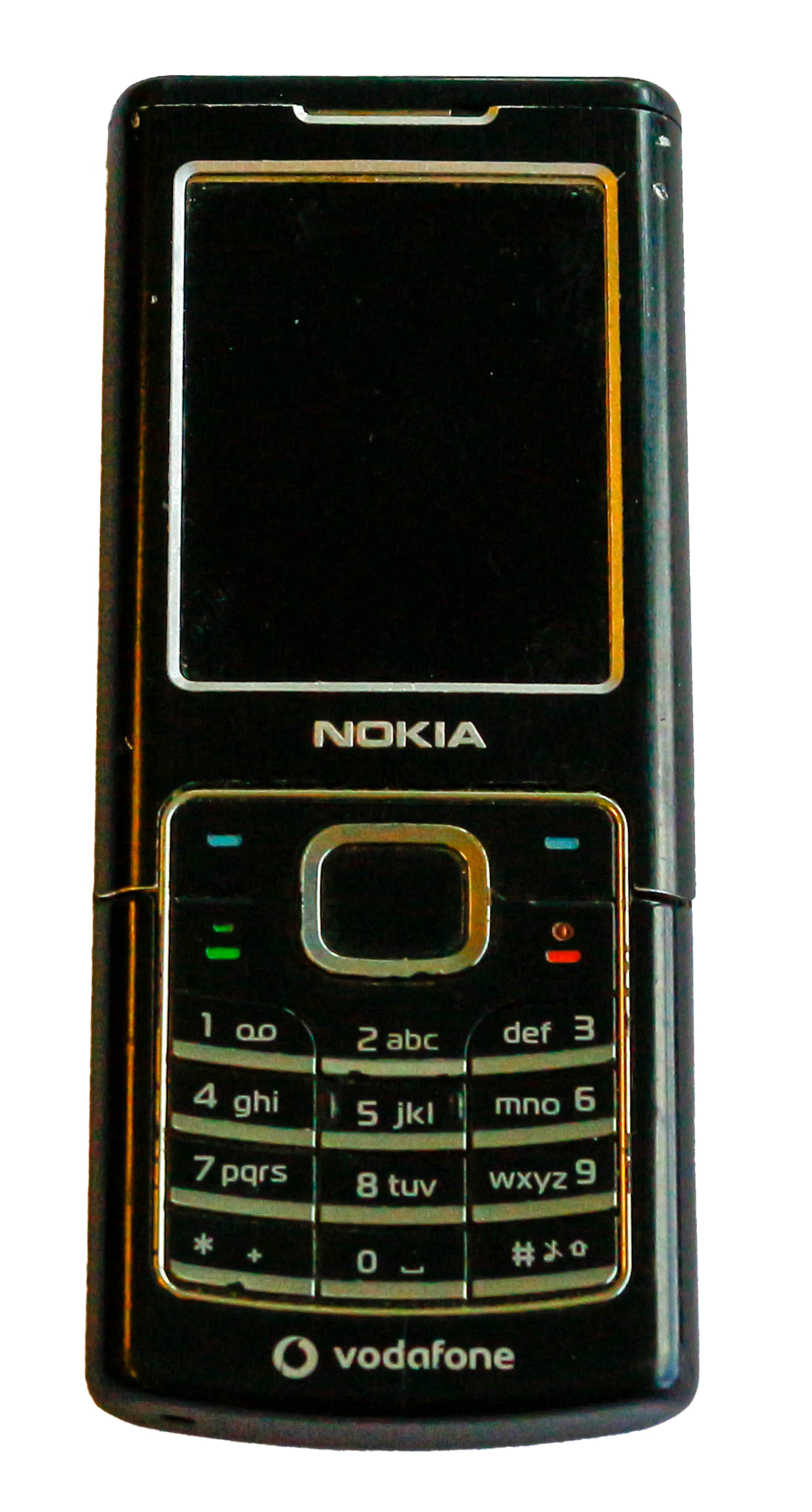 |
Mobile phone - Nokia 6500 classic |
Body: Dimensions: 109.8 mm × 45 mm × 9.5 mm, Weight: 94g Display: 2 inch QVGA LCD (16 million colors) Memory: 1GB Camera: 2.0 megapixels Operating system: Series 40 5th edition Battery: BL-6P 830 mAh. Year: 2007 Price: 33 USD |
||
| 6 | 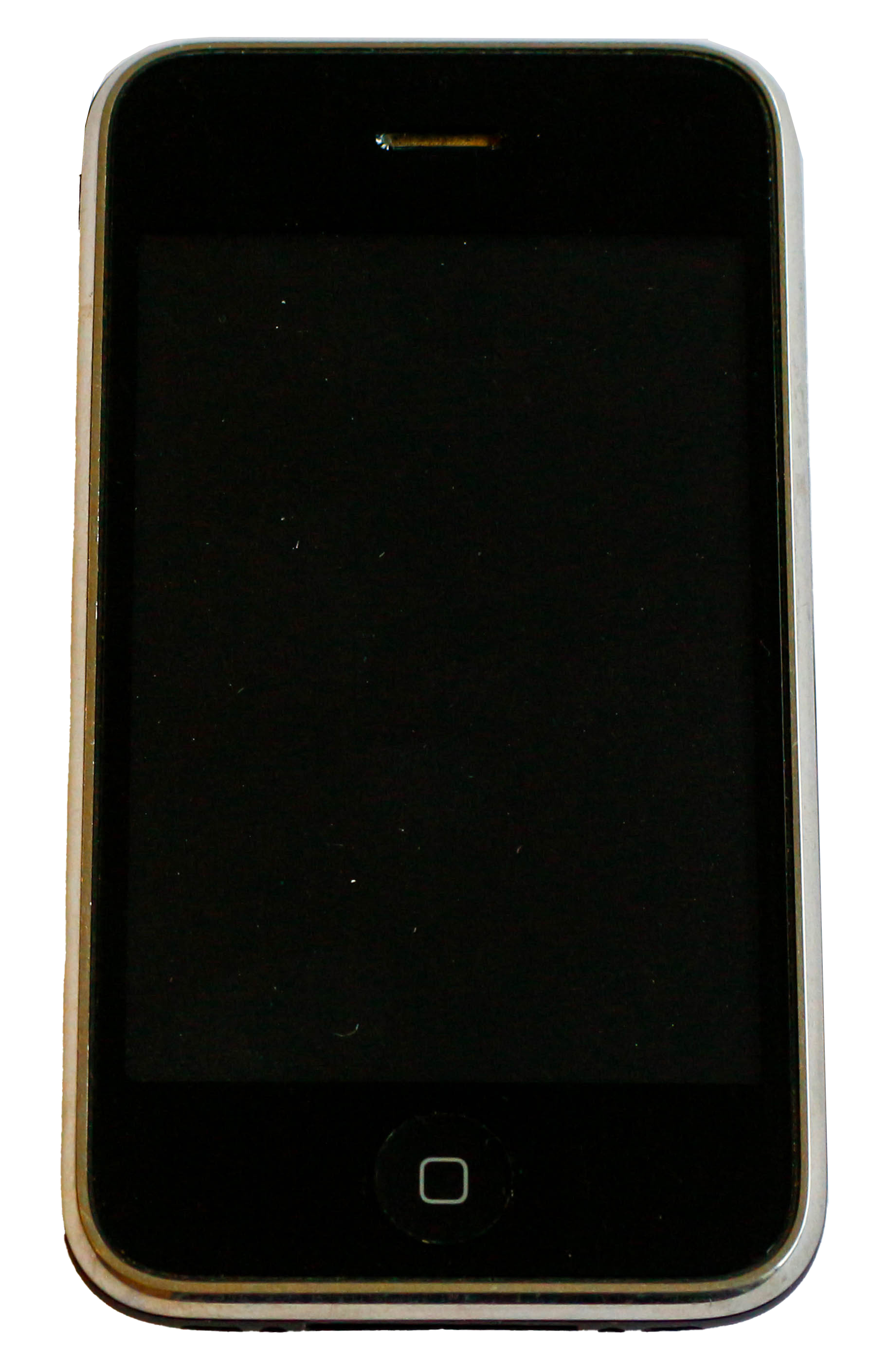 |
Mobile phone - Apple iPhone 3G |
The iPhone 3G is internally similar to its predecessor, the Original Iphone, but included several new hardware features, such as GPS, 3G data and tri-band UMTS/HSDPA. The device was originally loaded with the concurrently launched iPhone OS 2.0. In addition to other features (including push email and turn-by-turn navigation), this new operating system introduced the App Store—Apple's new distribution platform for third-party applications. Year: 2008 Price: 299 USD |
||
| 7 | 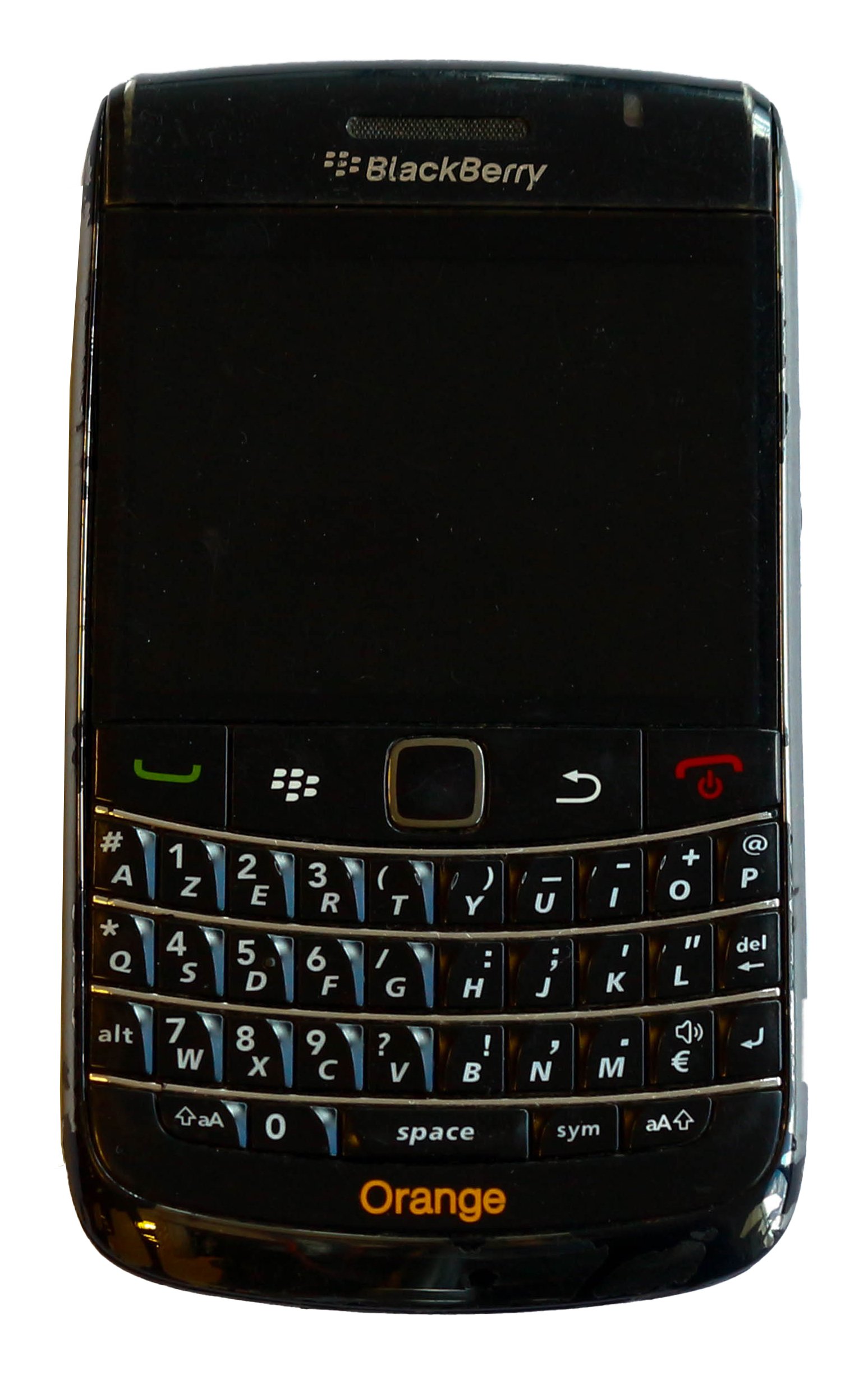 |
Mobile phone - BlackBerry Bold 9700 |
Blackberry Bold 9700. The mobile from Blackberry comes with a 2.4 inches (6.1 cm) display that has a resolution of 480 x 360 pixels. Also, the phone comes with 256 MB RAM and 256 MB inbuilt storage so that you can store various files like songs, videos, games and more without worrying about space constraints. The camera specifications of the phone are very captivating. The Blackberry Bold 9700 comes with a Single camera setup on the rear which has 3.2 MP. Features on the rear camera setup include Digital Zoom, Digital image stabilization The dimensions of the Blackberry Bold 9700 are 109 mm x 60 mm x 14.10 mm; and weighs approximately 122 grams. Year: 2009 Price: 62 USD |
||
| 8 | 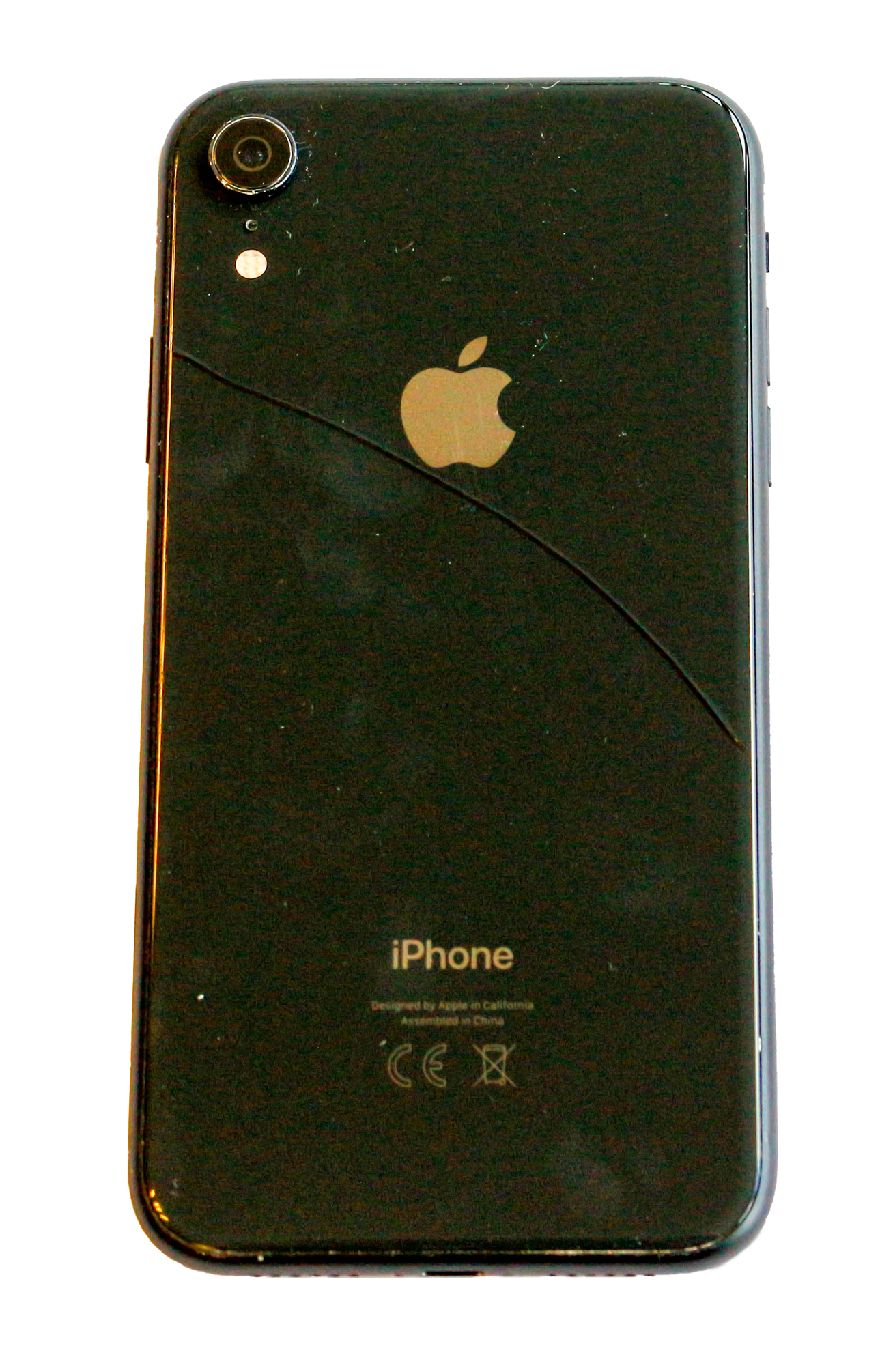 |
Mobile phone - Apple iPhone XR |
Apple's best selling 2018 model. It also became the top-selling and the most popular smartphone globally in Q3 2019. As of September 2020, the iPhone XR has sold 77.4 million units worldwide, making it the eighth best-selling smartphone of all time. |
||
| 9 | 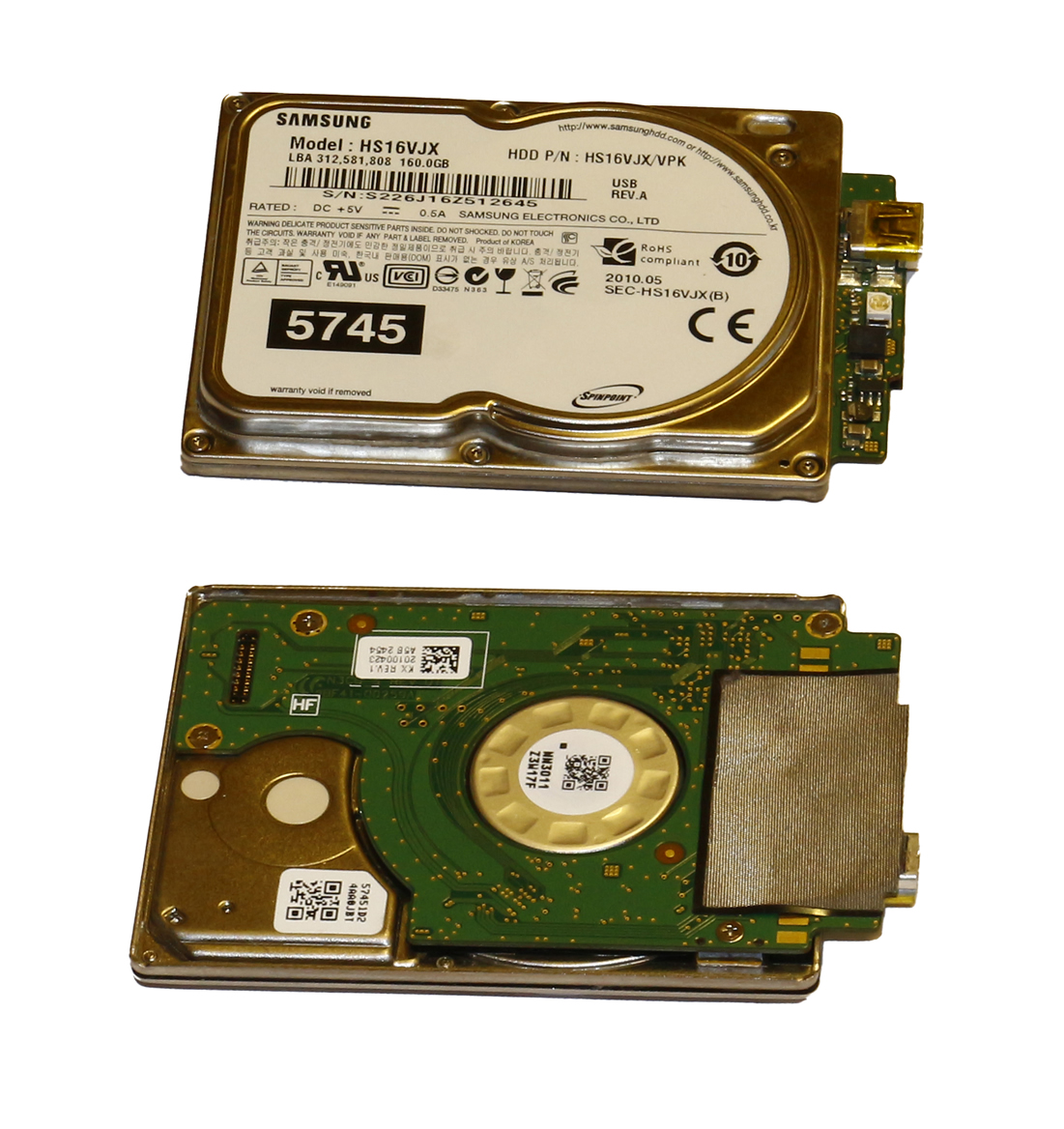 |
Hard disk (mini) - Samsung |
Drive Type(s) Supported: HDD Storage Capacity: 160 GB Form Factor: 1.8 in Interface: DMA/ATA-100 (Ultra), USB |
||
| 10 | 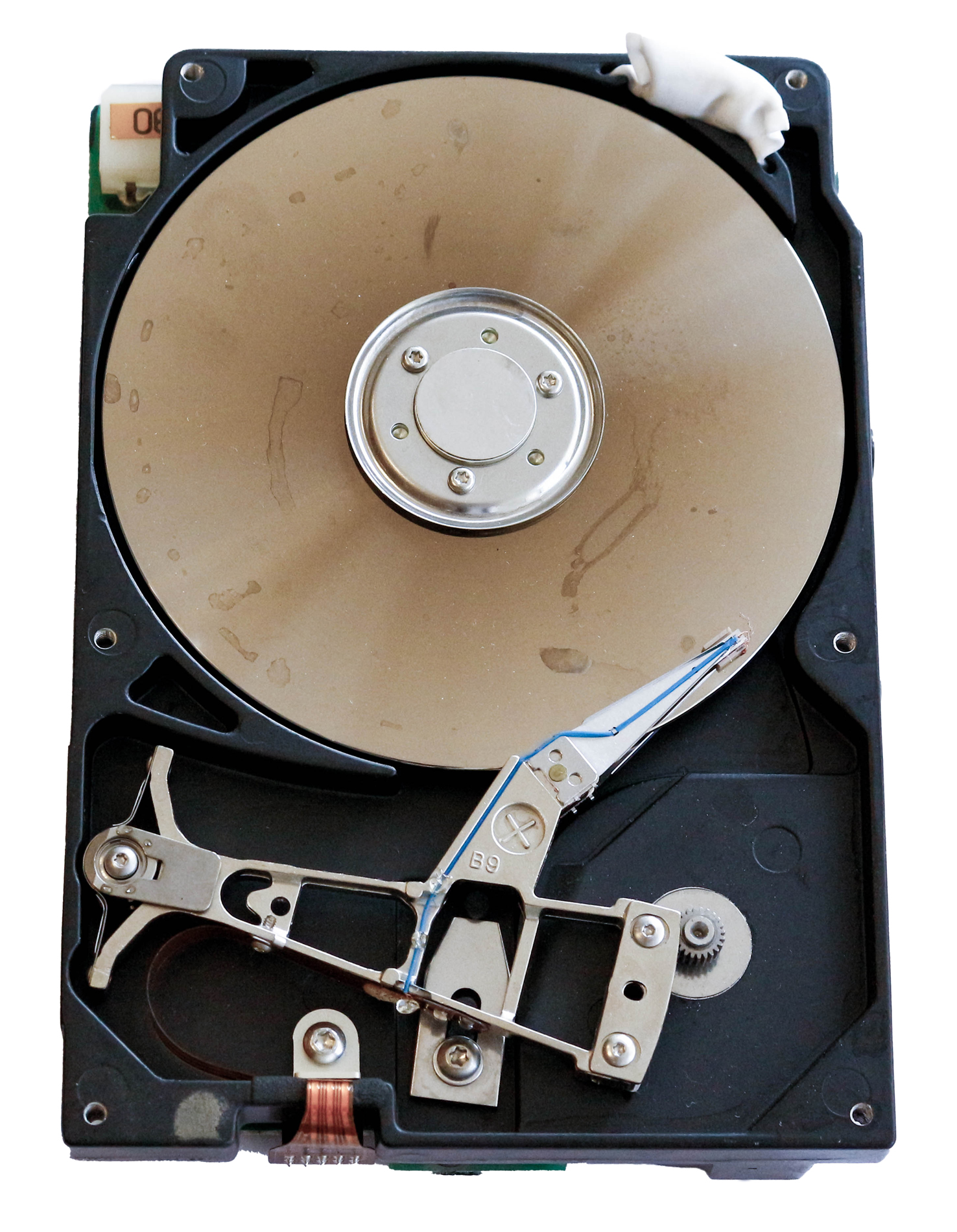 |
Hard disks |
Case open (for exhibition) or closed. Interface: IDE, SATA (Serial ATA), SCSI Capacity: 500 MB - 1 TB No of disks (platters): 1-3 Different brands, models and sizes (for laptops and PCs) |
||
| 11 | 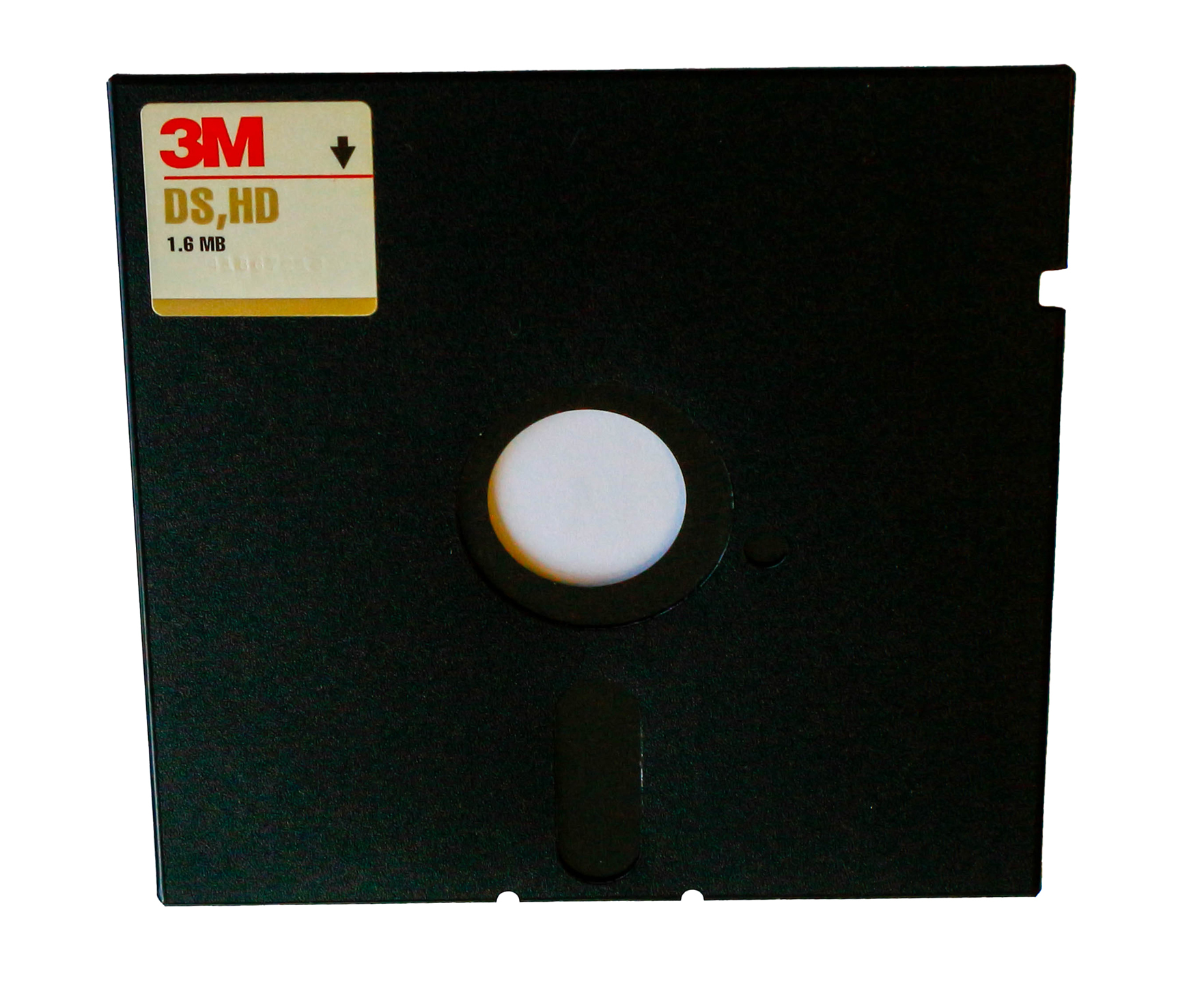 |
Floppy disk 5 1⁄4 inch |
Originally designed by IBM Advanced Technology as a single-sided, low-density format with a storage capacity of 100 KB, the 5.25-inch floppy disk underwent many enhancements, including the introduction of a double-sided, high-density variant with a capacity of 1.2 MB. Year: 1971 |
||
| 12 | 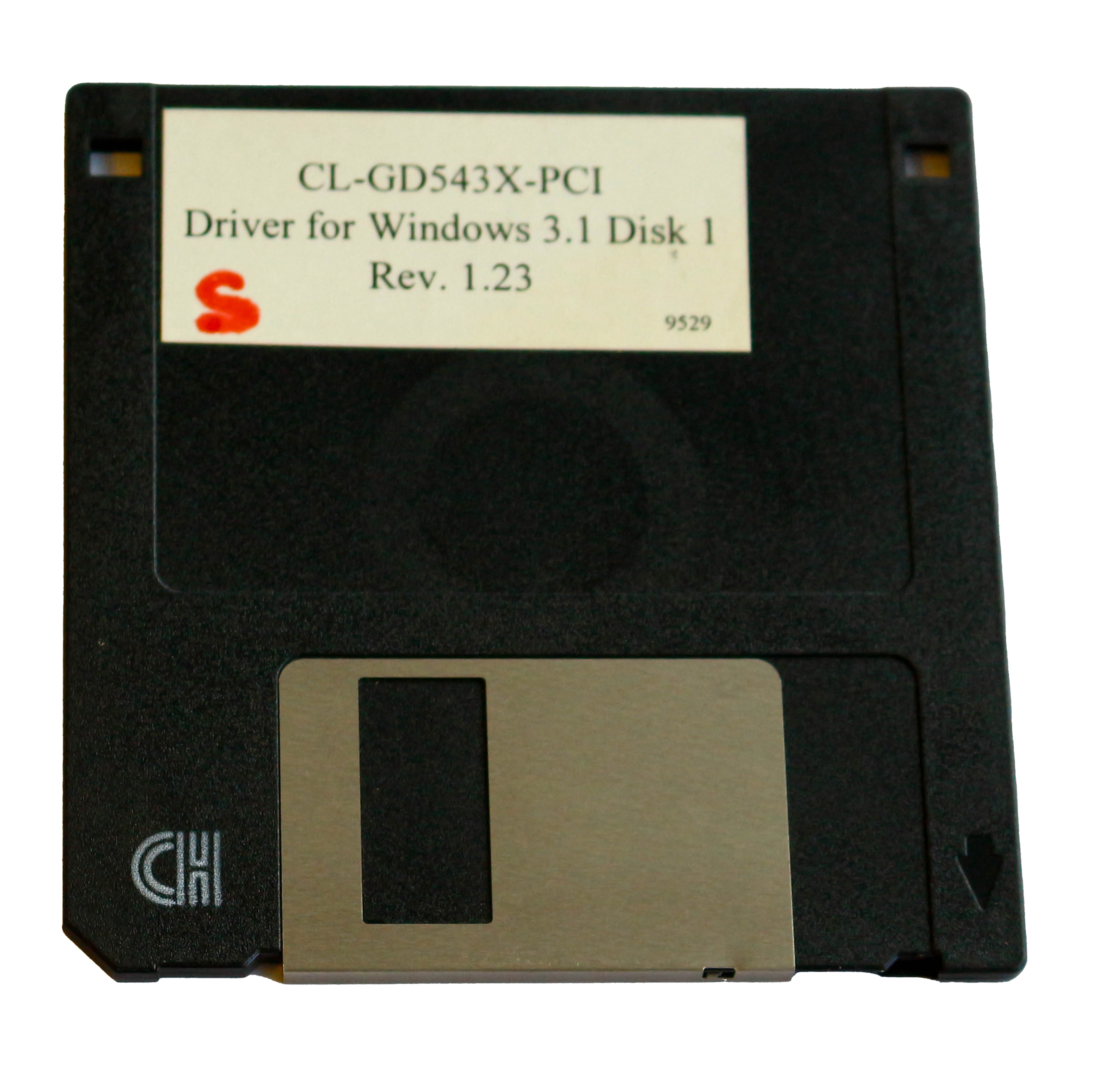 |
Floppy disk 3 1⁄2 inch |
In the early 1980s, many manufacturers introduced smaller floppy drives and media in various formats. A consortium of 21 companies eventually settled on a 3+1⁄2-inch design known as the Micro diskette, Micro disk, or Micro floppy. Capacity: 1.44 MB |
||
| 13 | 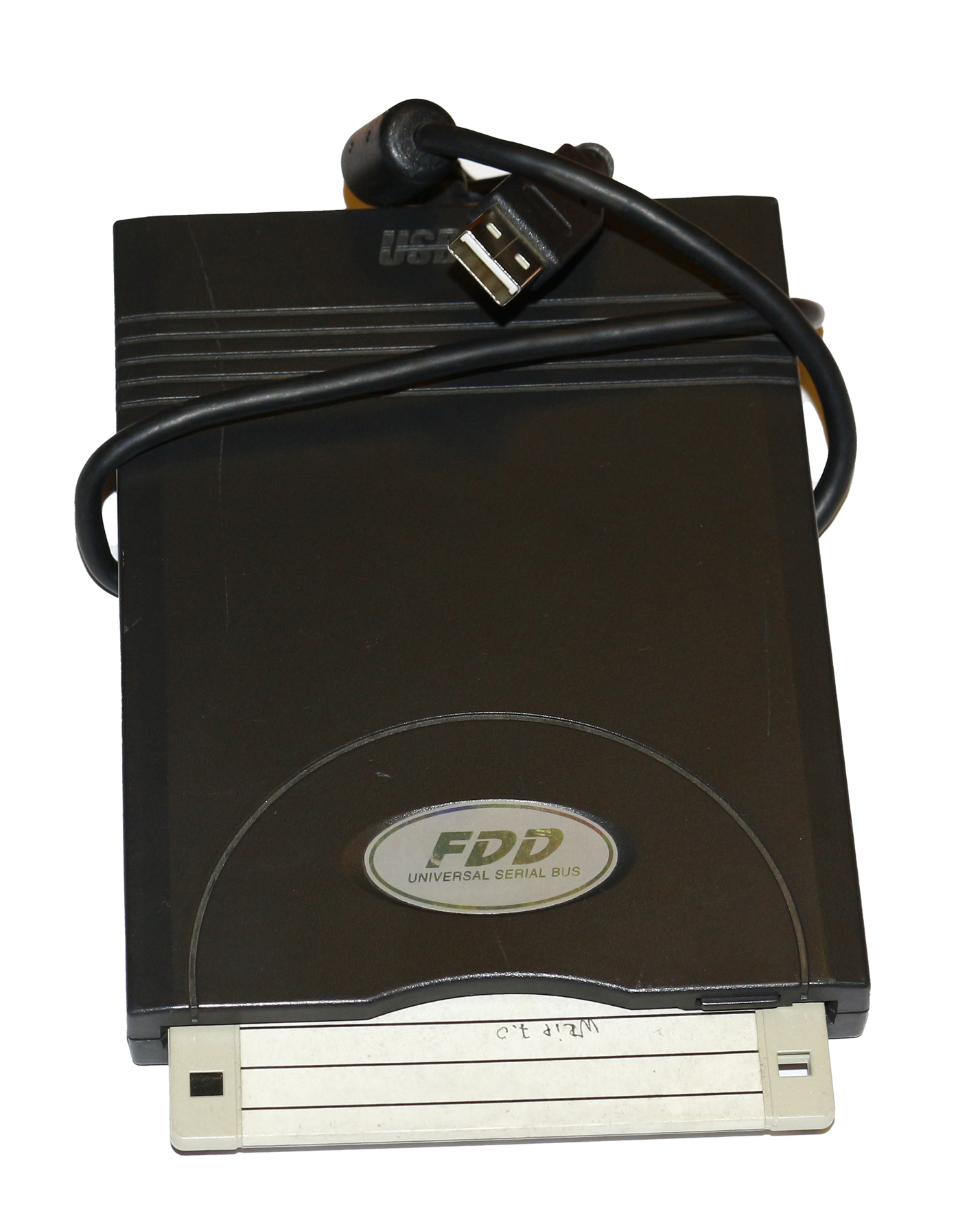 |
FDD on USB | An external Floppy Disk Drive, usually for laptops, able to connect to it via one of its USB ports. | ||
| 14 | 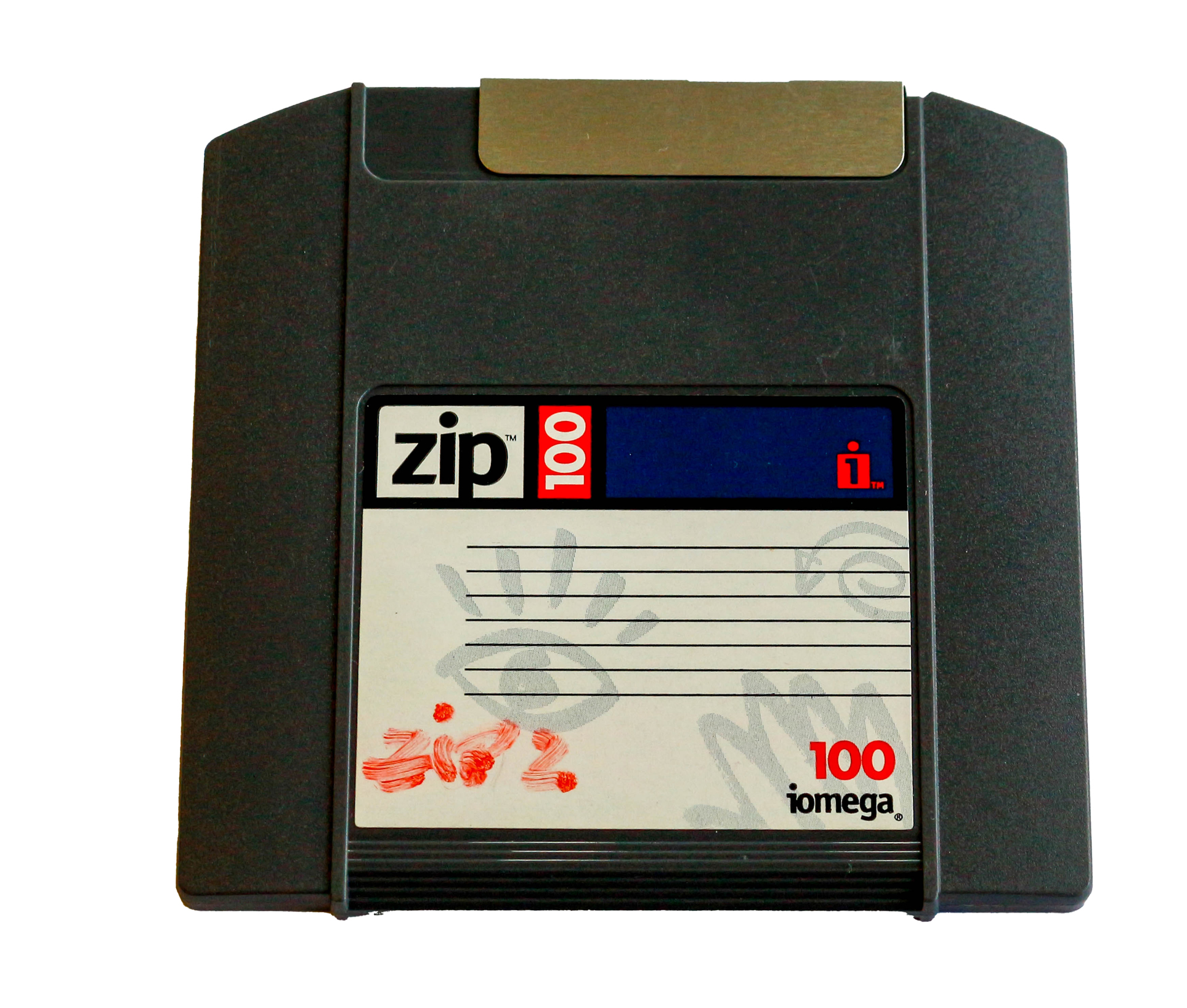 |
Zip disk |
Zip disks were originally launched by Iomega with capacities of 100 MB, then 250 MB, and finally 750 MB. The format became the most popular of the superfloppy products which filled a niche in the late 1990s portable storage market. However, it was never popular enough to replace the 3+1⁄2-inch floppy disk. Zip drives fell out of favor for mass portable storage during the early 2000s as CD-RW and USB flash drives became prevalent. |
||
| 15 | 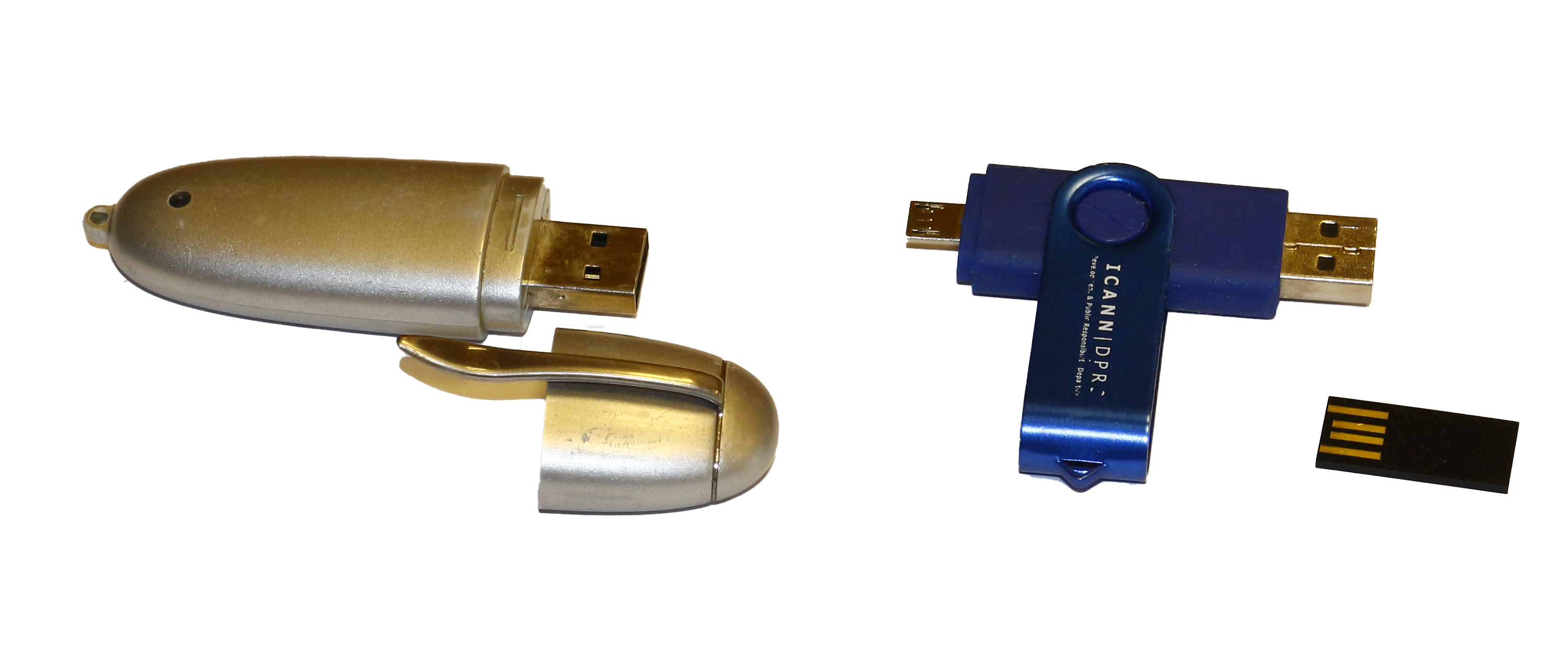 |
USB flash drive (Memorybird) |
Left: Fujitsu-Siemens, capacity 64 MB, year: 2002 Center: a double headed 4 GB, USB flash drive - used both for computers and mobile phones. Year: 2017 Right: 16 GB, year 2017 Here we can see how much technology evolved... |
||
| 16 | 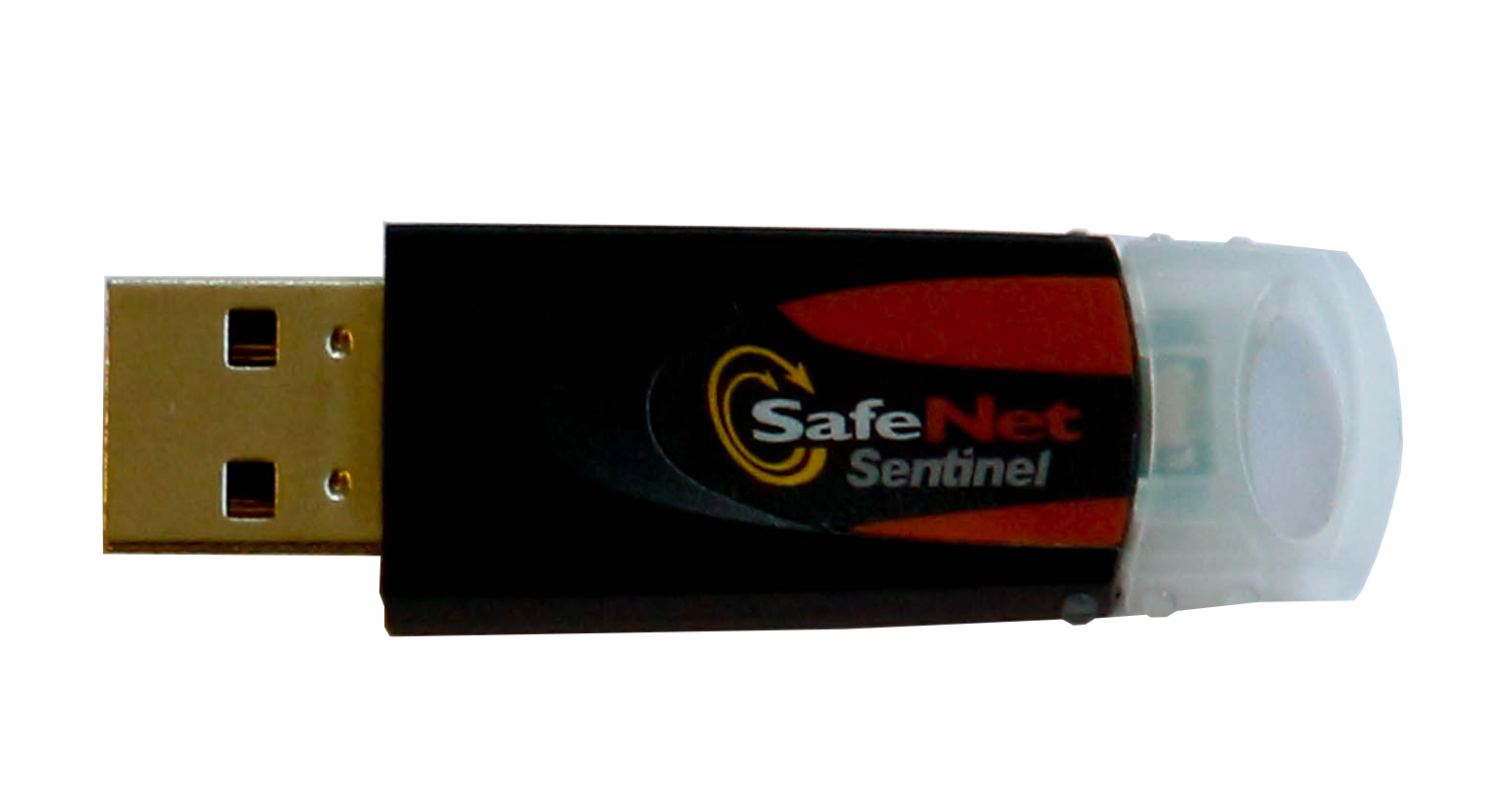 |
USB key | SafeNet Sentinel USB Key used for licensing. This key may be plugged into any USB port on the machine. When functioning properly the key will light up green or red when plugged into a running machine. If the key is removed the software stops functioning. It was used for not alowing users to share the software before Internet servers took this task. | ||
| 17 | 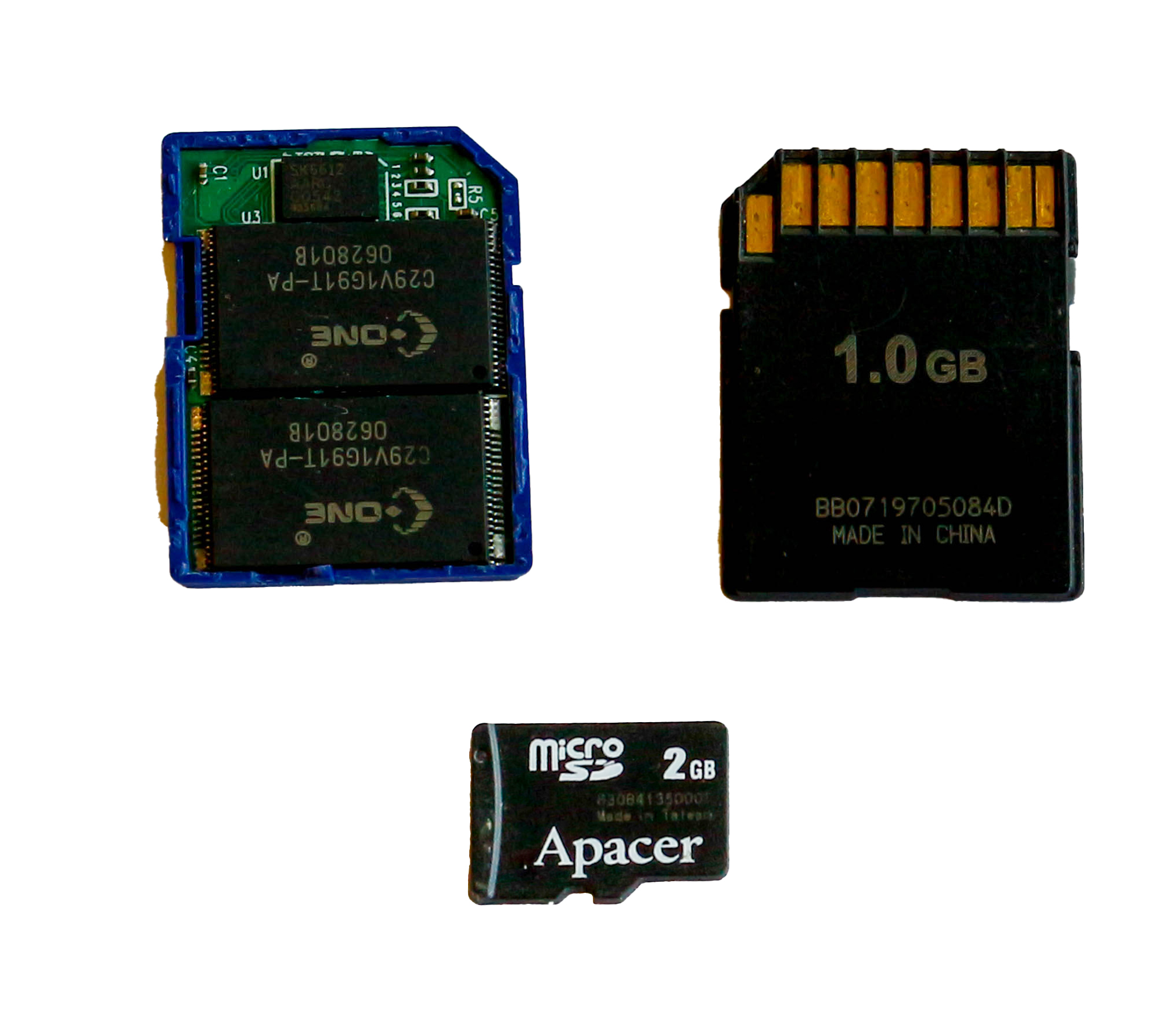 |
SD & microSD cards |
Secure Digital is a non-volatile flash memory card format developed by the SD Association (SDA) for use in portable devices back in 1999. The microSD, removable miniaturized Secure Digital flash memory cards were introduced five years after. |
||
